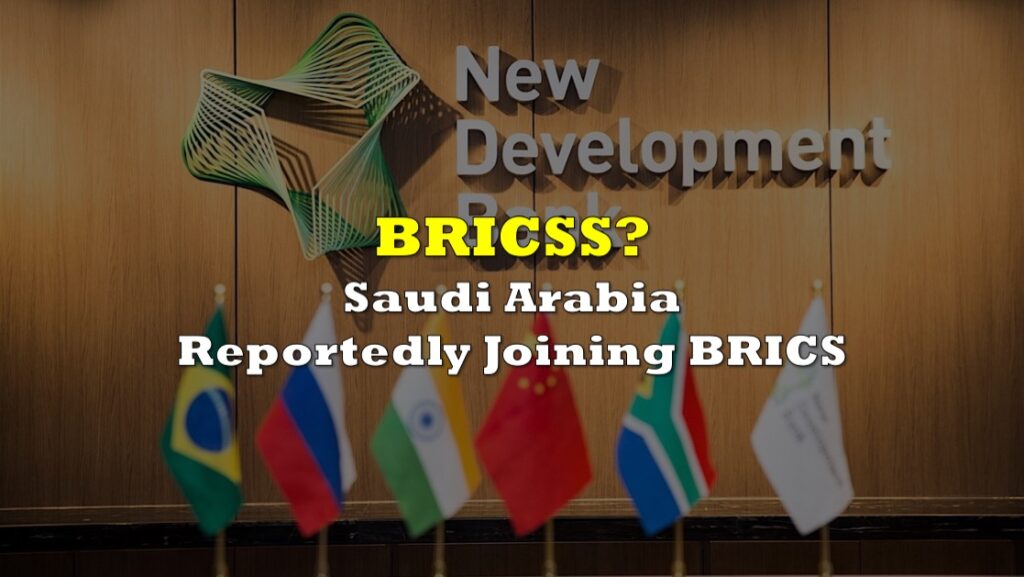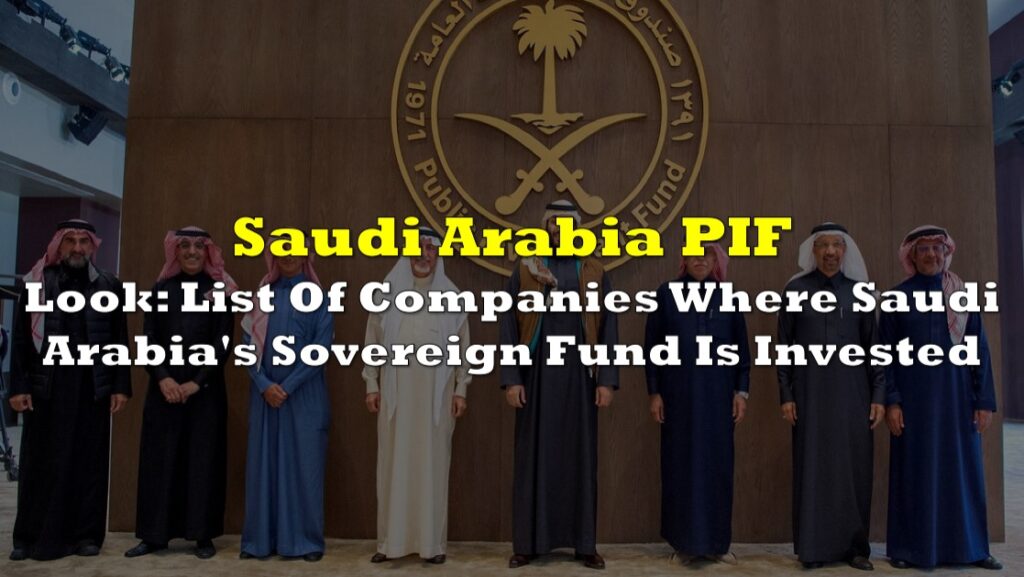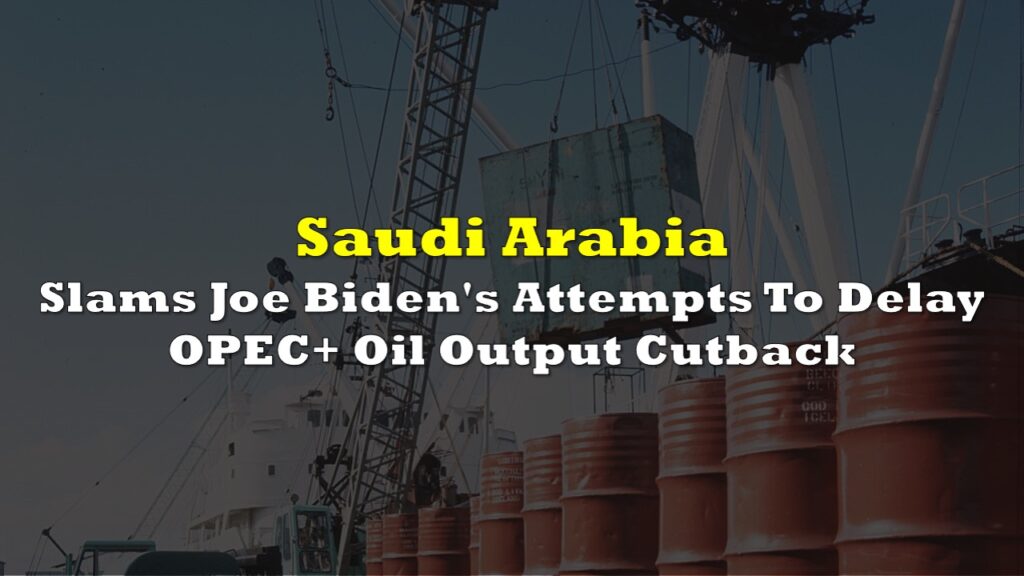Saudi Arabia privately indicated earlier this year that it might sell some European debt holdings if the Group of Seven (G7) decided to seize nearly $300 billion of Russia’s frozen assets. This move was reportedly communicated by the Saudi finance ministry to G-7 counterparts, with an emphasis on debt issued by the French treasury, according to sources familiar with the matter.
The G7 was exploring various options regarding the Russian central bank’s funds in May and June, aiming to support Ukraine amid its ongoing conflict with Russia. Ultimately, the group decided to utilize the profits generated from these assets while leaving the principal amounts intact. This approach was influenced by concerns from euro-member nations that a direct seizure could undermine the euro’s stability.
Saudis warned G-7 they would liquidate EU bonds if EU seized Russian central bank reserves. Sounds like total bluster to me. Where else are they planning to keep their money if they won’t buy Euros or dollars. We should completely ignore this empty threat. https://t.co/iPgRRQbMZx
— Sir William Browder KCMG (@Billbrowder) July 10, 2024
Saudi Arabia’s position may have played a role in this decision. Sources suggested that the kingdom’s opposition and potential threat to liquidate its holdings could have swayed those countries’ reluctance to adopt more aggressive measures.
However, the Saudi finance ministry has denied making any threats, stating, “Our relation with the G7 and others is of mutual respect, and we continue to discuss all issues that promote global growth and enhance the resilience of the international financial system.”
Saudi Arabia’s holdings in euro and French bonds are estimated to be in the tens of billions of euros. While this amount might not be substantial enough to cause major disruptions if sold off, European officials were concerned about the potential ripple effect if other nations followed Saudi Arabia’s lead. The kingdom’s central bank, SAMA, along with its sovereign wealth fund, holds significant foreign reserves, predominantly in US dollars. As of the latest data, Saudi Arabia owns $135 billion in US Treasuries.
The motivations behind Saudi Arabia’s stance remain unclear. It could be driven by self-interest, fearing that a seizure could set a precedent for future actions against other countries. Alternatively, it could reflect solidarity with Russia, given the close relations between Riyadh and Moscow, especially within the OPEC+ cartel.
Despite these ties, Saudi Arabia has also sought to build connections with Ukraine, demonstrated by President Volodymyr Zelenskiy’s recent visit to the kingdom.
Regardless of the underlying motives, Saudi Arabia’s actions highlight its growing influence on the global stage and the challenges faced by the G7 in rallying support from Global South nations amid Russia’s aggression. Under Crown Prince Mohammed bin Salman, Saudi Arabia has positioned itself as a diplomatic force, expressing a desire to mediate between Kyiv and Moscow.
In June, after extensive deliberations, G7 leaders agreed on a financial structure to provide Ukraine with approximately $50 billion in aid. This plan involves loans that will be repaid using profits from Russia’s blocked funds, which are expected to generate between €3 billion and €5 billion annually.
Information for this briefing was found via Bloomberg and the sources mentioned. The author has no securities or affiliations related to this organization. Not a recommendation to buy or sell. Always do additional research and consult a professional before purchasing a security. The author holds no licenses.











